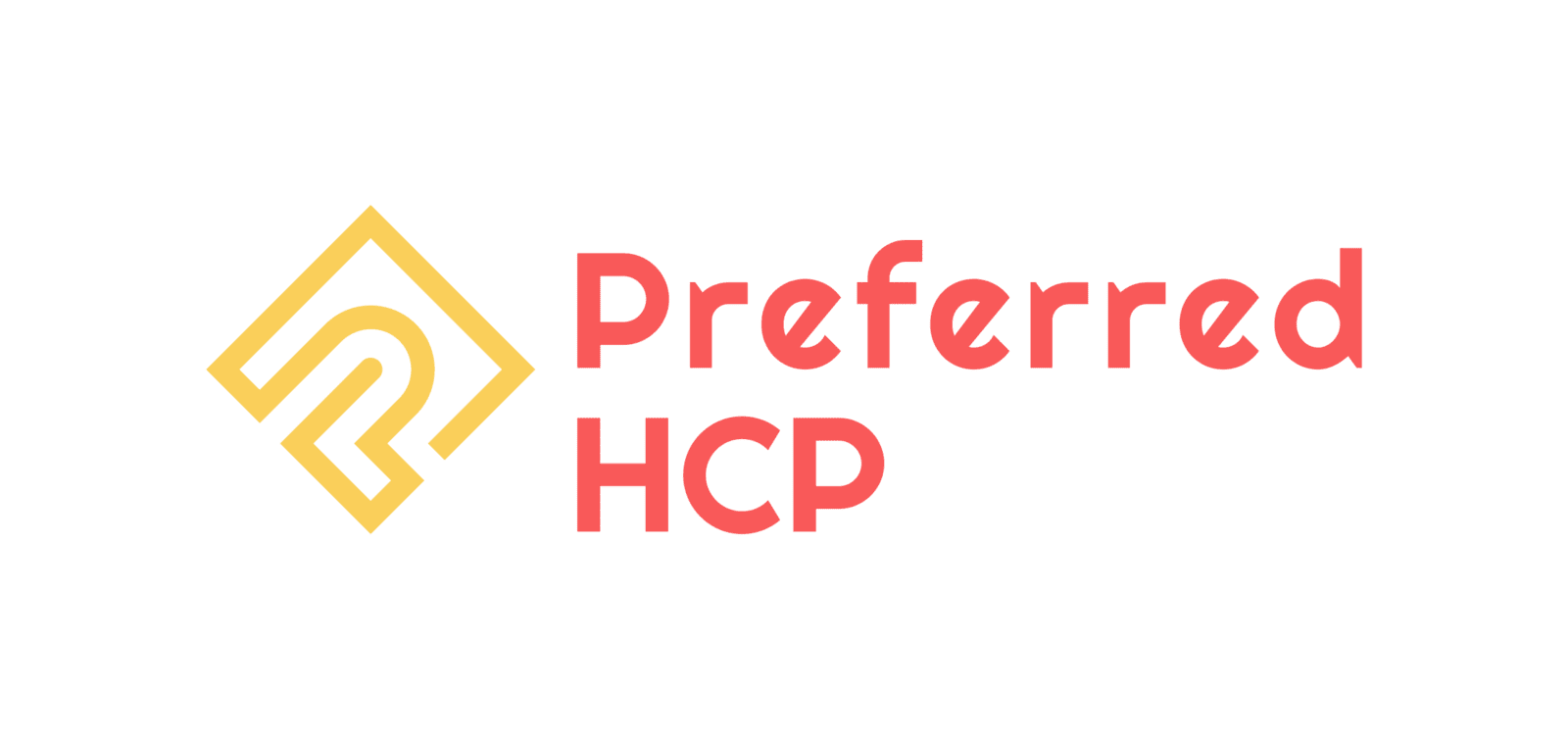Navigating the Healthcare Credentialing Process for Payer Enrollment, Reimbursement, and Expanded Patient Access
What Is Insurance Credentialing?
Insurance credentialing, also called provider credentialing, is a vital part of the healthcare credentialing process. It allows healthcare providers to join insurance networks and bill for covered services. The process ensures that providers meet professional, legal, and ethical standards set by insurers, including verification of education, training, licensing, and background.
Without proper credentialing, a provider cannot be recognized by payers and cannot receive reimbursement for services delivered to insured patients. Credentialing protects everyone involved. Patients can trust that the providers in their network are qualified. Insurance companies can ensure compliance with state and federal regulations. For healthcare organizations, completing credentialing accurately helps maintain smooth operations, timely reimbursement, and a strong reputation within insurance networks.
The Healthcare Credentialing Process
The healthcare credentialing process begins when a provider decides to accept insurance or joins a practice that participates in payer networks. Providers submit a credentialing application containing personal information, education and training history, work experience, malpractice coverage, and licensing details.
Many insurers use the CAQH ProView system to collect and manage this information. Providers can maintain a single online profile that can be shared with multiple payers, reducing duplicate submissions. Each payer, however, still reviews and verifies the information independently, often by contacting medical schools, licensing boards, and certification agencies.
Due to the level of detail involved, credentialing can take several weeks to complete. Missing, outdated, or inconsistent documentation can lead to delays. Maintaining an accurate CAQH profile and submitting complete documentation from the start helps providers move through the process efficiently, reducing the time needed to join insurance networks and begin billing for services.
Credentialing and Payer Enrollment
Credentialing and payer enrollment are closely connected but serve different purposes. Credentialing verifies that a provider meets the qualifications and standards required by insurers. Payer enrollment is the process that officially allows the provider to join a network and bill for services.
Credentialing confirms eligibility, while enrollment activates participation. Both steps must be completed for a provider to be considered in-network. Even after credentialing is complete, providers cannot treat insured patients or submit claims until enrollment is finalized and an effective date is established.
For example, a provider might complete credentialing with a major insurance company, but claims will not be processed until the payer finishes enrollment. Any delays in credentialing directly slow down payer enrollment, which can affect revenue, scheduling, and patient access to care.
The Impact of Accurate Credentialing
Delays in credentialing create financial and operational challenges. Every day a provider waits for approval is a day without reimbursement. For practices adding new providers, this can disrupt scheduling, reduce patient volume, and increase administrative workload.
Accurate credentialing is also essential for compliance. Insurance companies require complete and verified provider files. Missing or incorrect information can raise issues during audits and put contracts at risk.
From a patient perspective, credentialing ensures that providers meet professional and ethical standards. This builds confidence in the care patients receive and reinforces trust in the healthcare network.
Why Credentialing Services Are Valuable
Managing insurance credentialing in-house can be complex and time-consuming. Each payer has unique forms, verification requirements, and timelines. Even experienced staff can face delays or errors, which can affect reimbursement and compliance.
Many practices choose to work with credentialing specialists. Preferred HCP provides professional credentialing and provider enrollment services that streamline the process, save time, reduce errors, and ensure smooth network participation.
Preferred HCP manages the full process, from preparing applications to tracking responses and maintaining provider records. By outsourcing credentialing, healthcare organizations can prevent delays, protect revenue, and focus on patient care rather than administrative tasks.
Credentialing as an Ongoing Process
Credentialing is not a one-time task. Providers must regularly update CAQH profiles, renew licenses, and notify payers of changes to ensure uninterrupted participation in insurance networks.
Being proactive prevents gaps that could disrupt billing or patient care. When handled correctly, credentialing strengthens payer relationships, supports financial stability, and allows providers to deliver care confidently. Patients benefit from continued access to qualified professionals, and insurance companies can trust the integrity of their networks.

